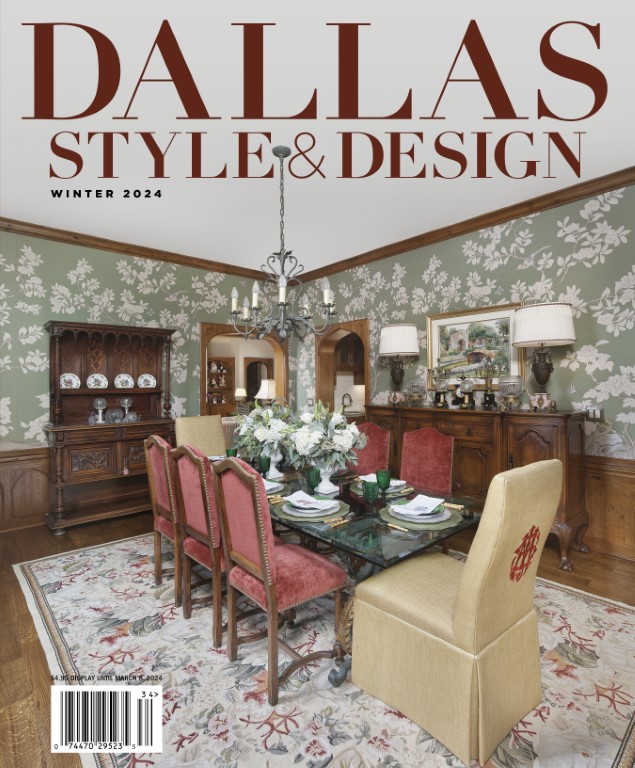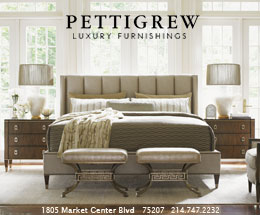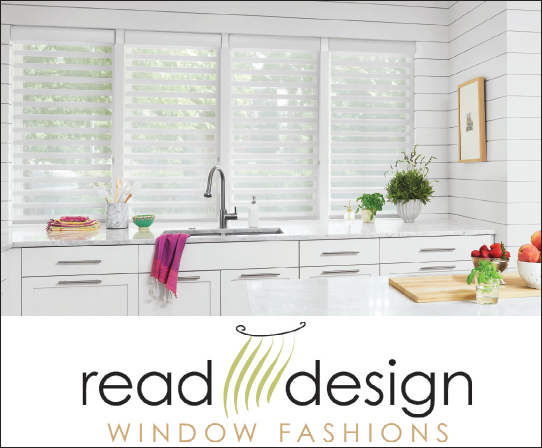Atrend reversal in American lifestyle is making waves: The demand for smaller-size housing is at its highest point in decades.
Whether to simplify life, maximize retirement or avoid the cost of larger living, buyers and renters are gravitating toward smaller homes, condos or townhouses. But learning to live on less in a culture that thinks bigger is always better can be a challenge.
Every design decision has a direct impact on the ambience and utility of space. Understanding the reasons and goals for downsizing is the first step toward creating an efficient and effective interior design.
“Preplanning is critical. We have to look at how the owners want to experience living, what they foresee doing in the space. It’s helping them to understand their lifestyle. Those questions will be critical in determining the space,” says Glen Boudreaux, principal and owner of Boudreaux Associates LLC.
Understanding the dimensions and layout are also key. Shorter walls and lower ceilings restrict space, reduce sight lines and put restrictions on décor placement.
“You need to have the dimensions of each room and each piece of furniture and accessory, including for outdoor spaces. High-rise condos have limited patio space,” says Lisa Wright, design associate at Frontgate, Plano.
Making decisions about what to take to a new home is always difficult. By evaluating lifestyle priorities, layout and dimensions, those choices become easier.
“It’s about function first, and the proportion is important. We look at the client’s existing space and then go to the new space and talk about what they want to take with them. We look at each room separately,” Boudreaux says.
In addition, the color and lighting of a previous, larger residence may not be appropriate for a smaller space. The use and adjacency of each room must be taken into consideration.
“It’s harder to make different colors of rooms work in a small space. Also, lighter rooms become bigger; warmer rooms become cozier; darker rooms become smaller. It depends on how the person wants the space to feel,” says Boudreaux.
While a high-rise condominium may have a large expanse of broad windows, a townhome may have smaller windows limited to one side of the unit. Lighting that takes advantage of both natural and artificial illumination is important to maintain a comfortable atmosphere. Combining striking ceiling fixtures with sconces, table and floor lamps allows a resident to customize each room.
“Placing lamps strategically will bring together a room. You have to ground the space with a floor lamp or small table lamp and work your lighting in a visual triangle. Pendants and sconces should be included. Have your lighting be dimmable. It’s comforting,” Wright says.
With smaller living, rooms take on more than one purpose. A bedroom may also be an office. A living area may transform to a media room. Furnishings must be flexible and earn their place in a room.
“Smaller spaces need to be functional, and we approach that with the furniture we use. It’s important to have pieces that are flexible for different purposes. You have to think of things that are multifunctional,” Boudreaux says.
A Murphy bed not only saves floor space but provides storage during the day, and it creates a cozy bed at night. A drop leaf table functions as both a desk and dining area. An ottoman can be used as a cocktail table.
“Multipurpose furniture adds function and saves space. Nesting tables are a great go-to. Swivel chairs come in very handy. Even a chest can be used as a bar,” says Wright.
Having a small space doesn’t mean all furnishings must be small. Larger statement pieces add visual interest.
“A large-scale piece can be incorporated, but it depends on the scale and proportion of the wall it’s going on. It can be dramatic in a smaller space. I always like to do art as big as possible,” says Boudreaux.
Good things come in small packages. With thoughtful planning, a luxurious space can be created despite its small surroundings.
—
Nancy Baldwin is a Dallas-based freelance writer and editor. Contact her at baldwinwriter@gmail.com.

















